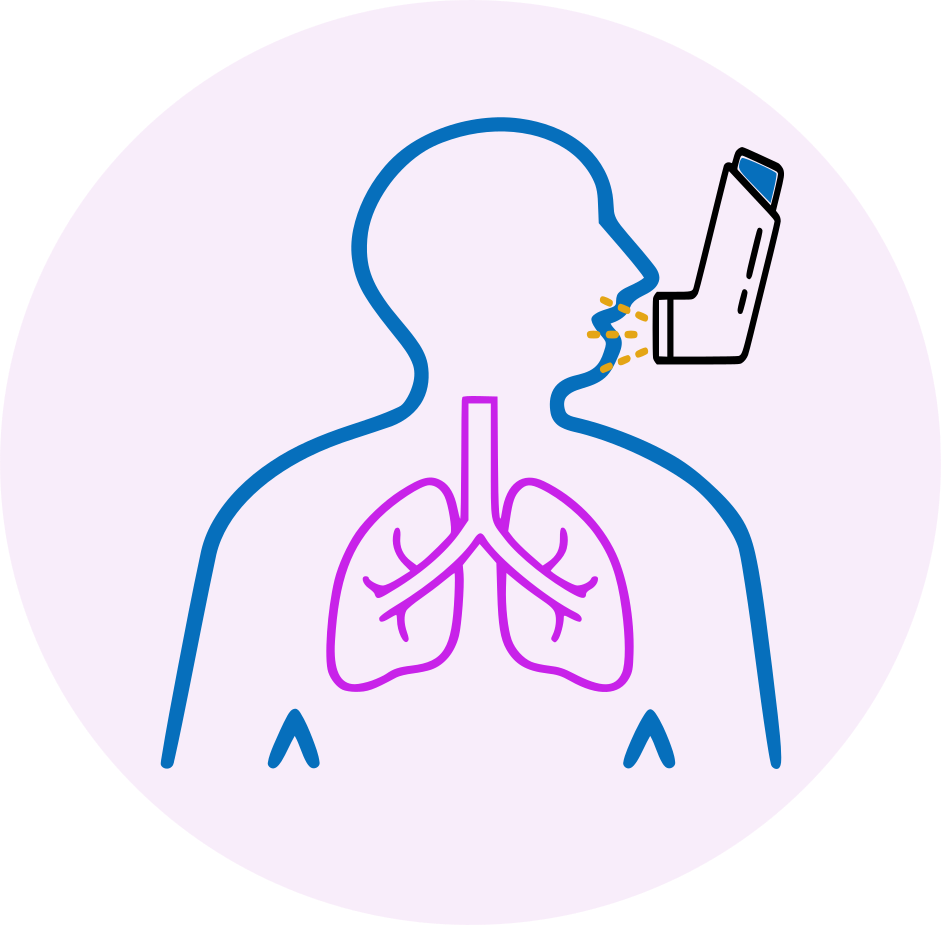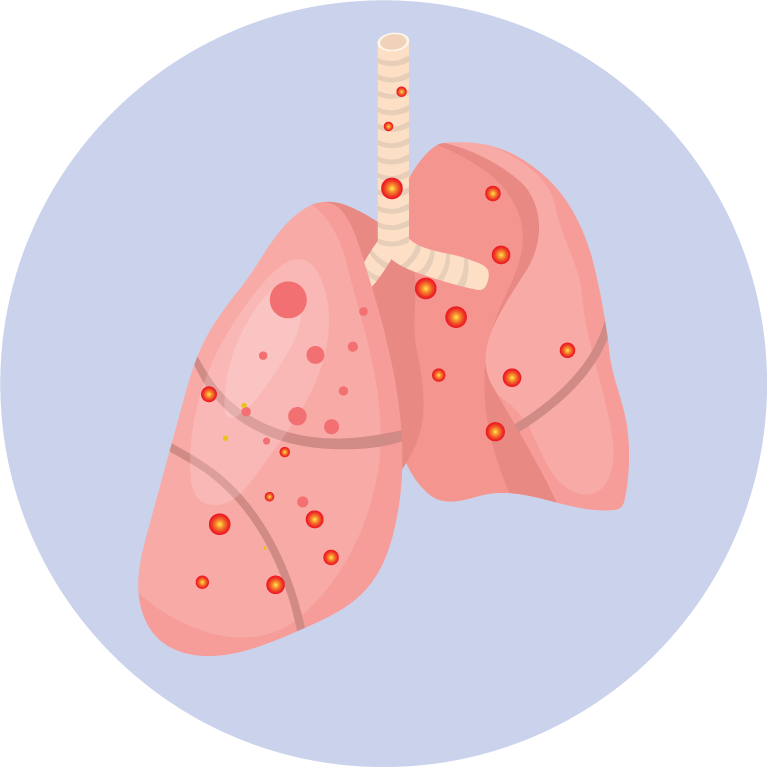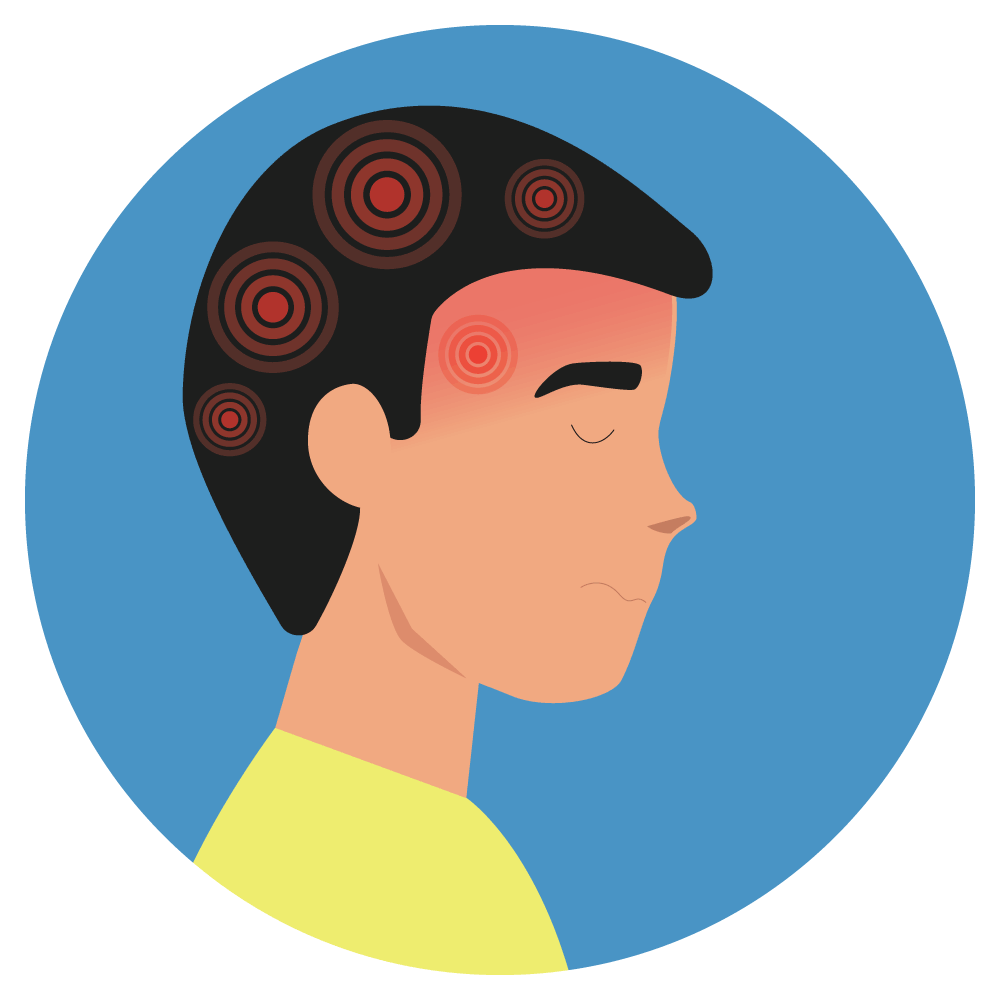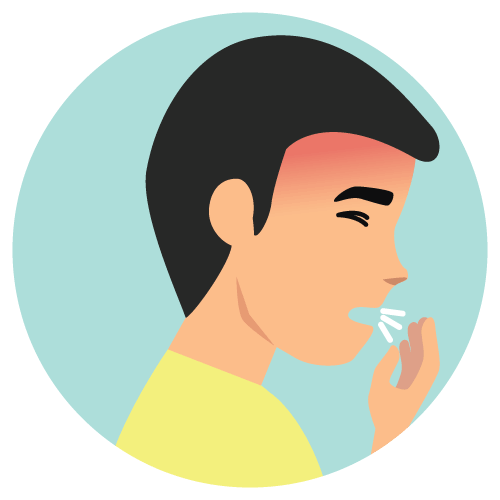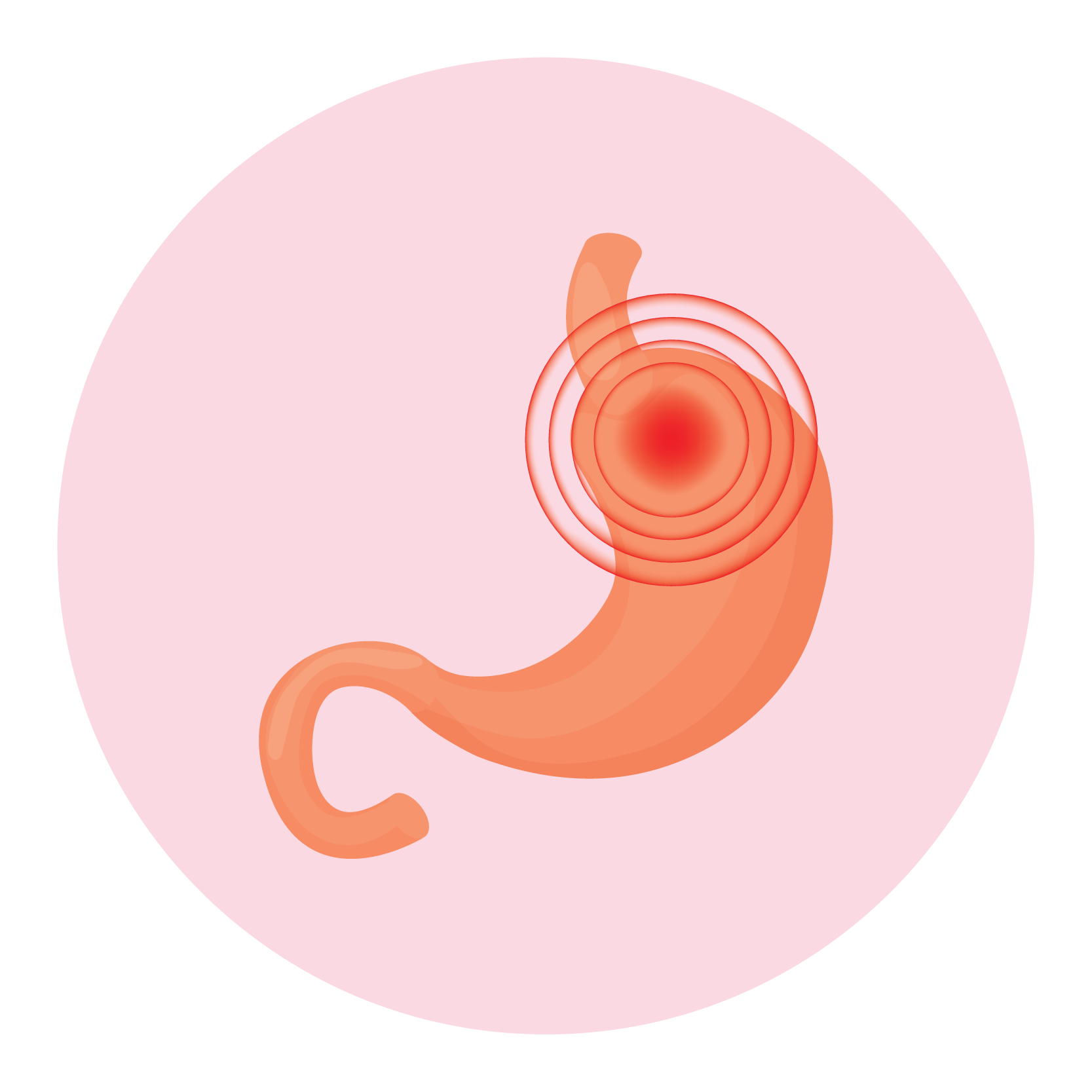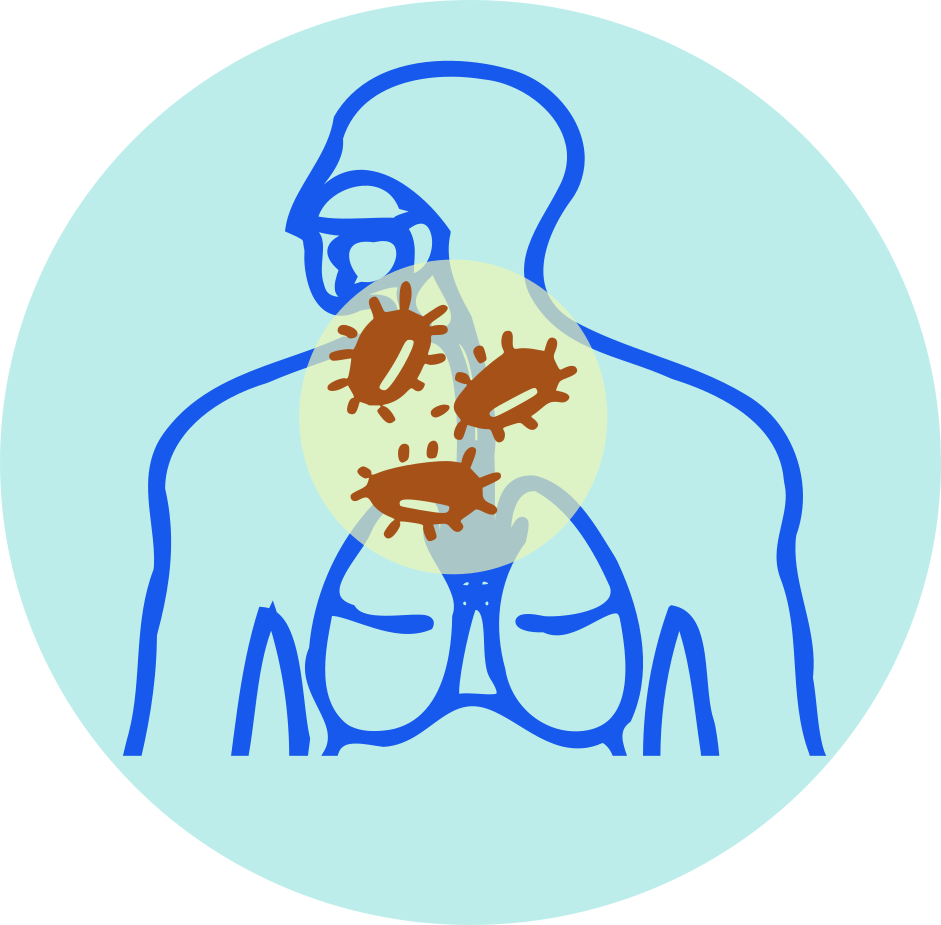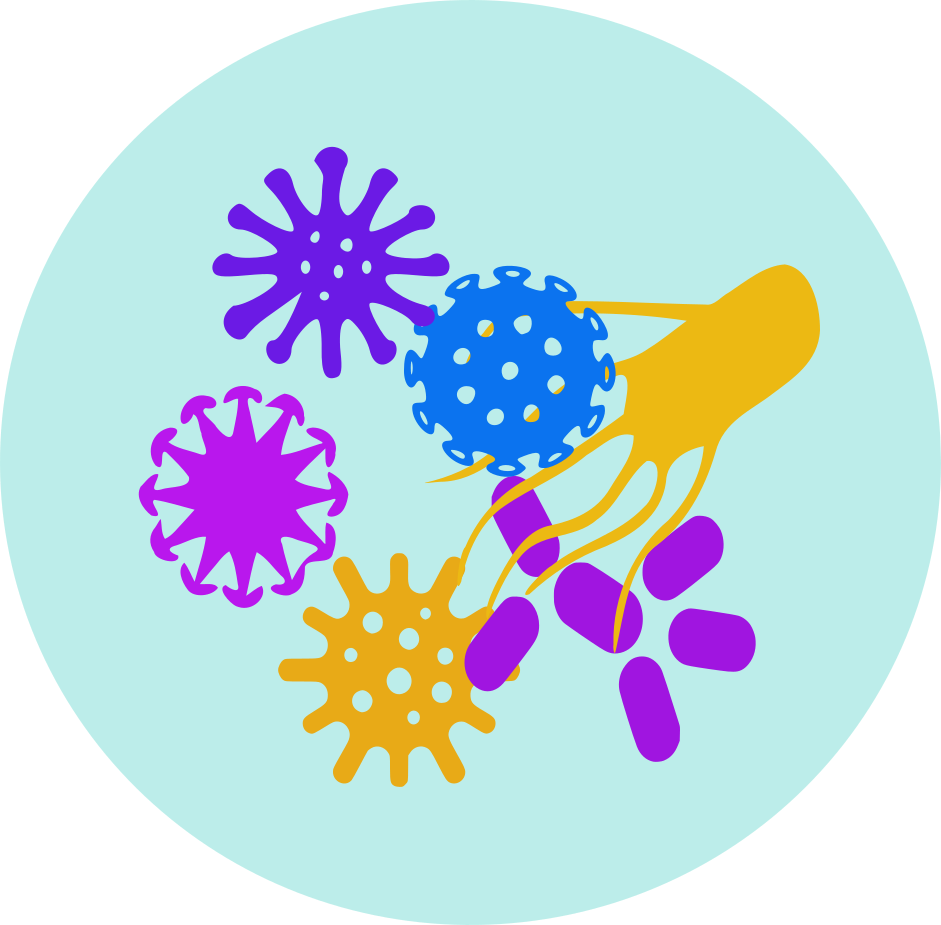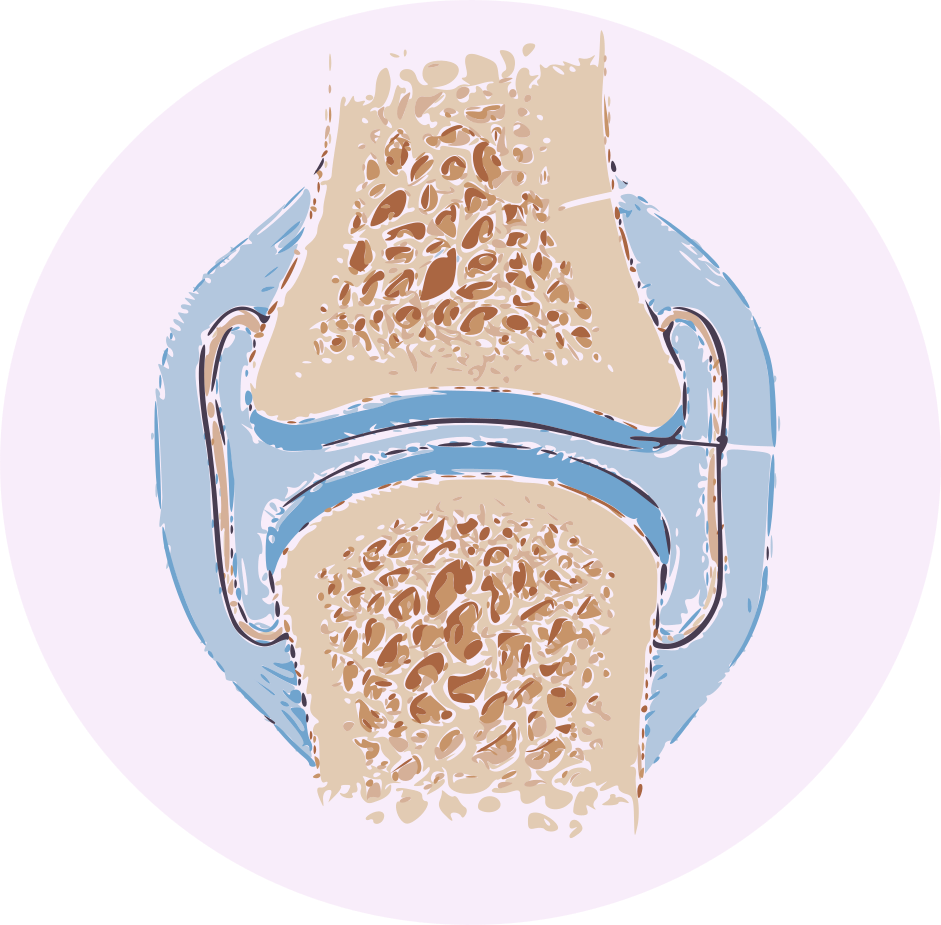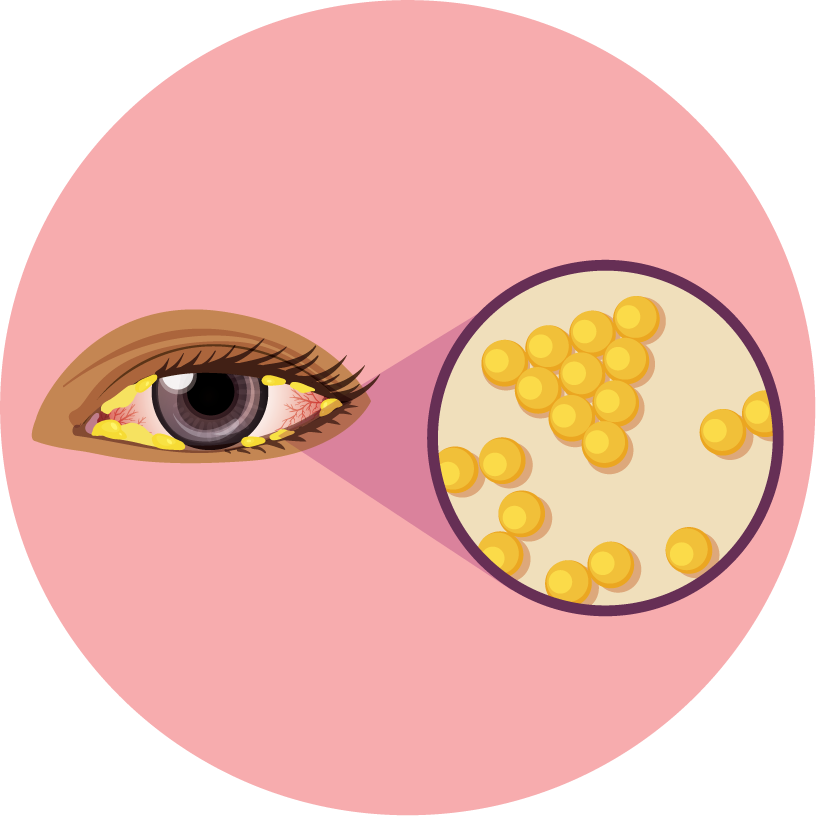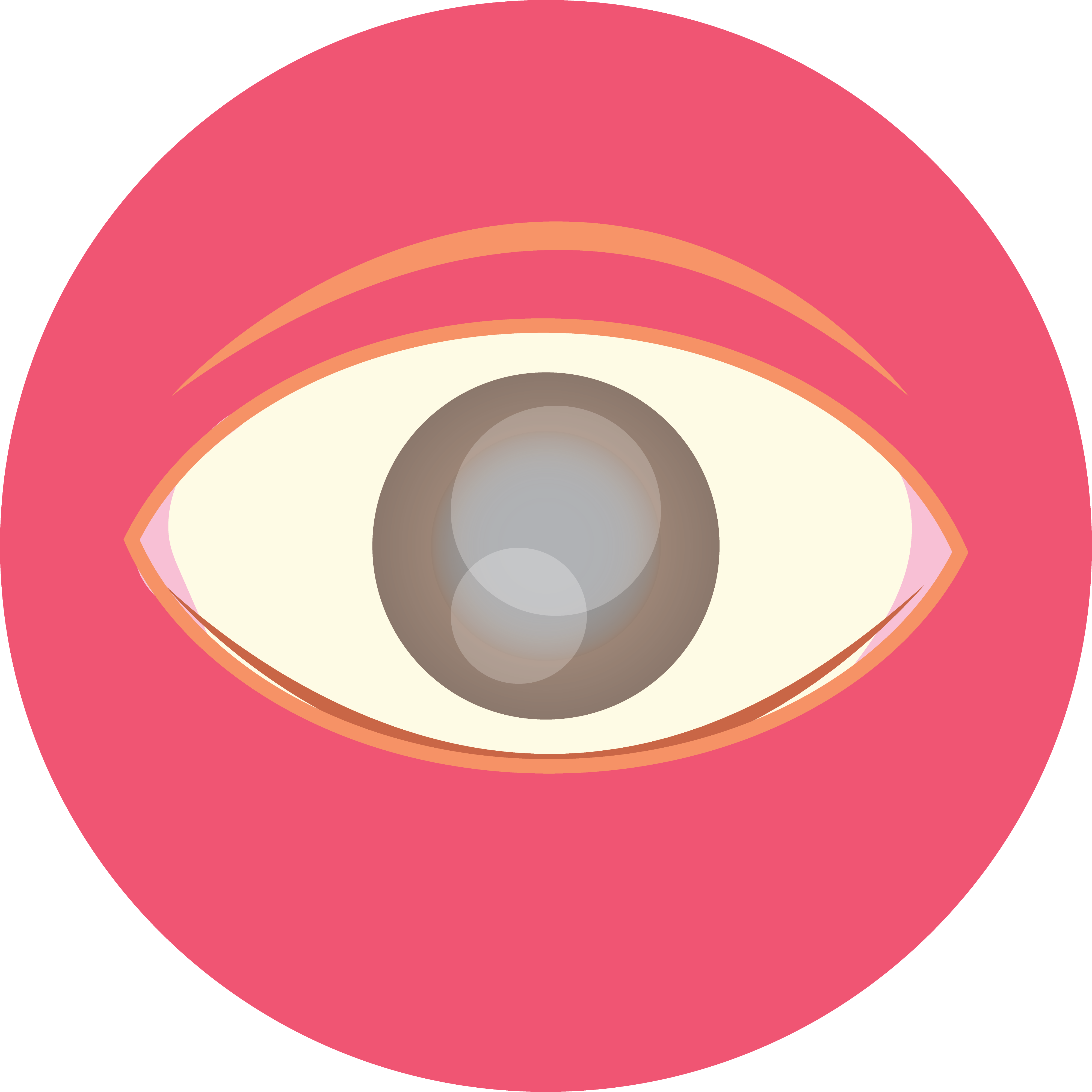| Name | Ciclesonide |
| Classes |
Dermatological/Topical Agent Respiratory Agent Steroid Respiratory Inhalant Nasal Preparation Corticosteroid |
| Diseases |
Allergic Reaction Asthma Congestion Itching Runny Nose Sneezing |
Ciclesonide
Ciclesonide is a medication that belongs to a class of drugs known as inhaled corticosteroids. It works by decreasing the production of certain inflammatory chemicals in the lungs, which helps to reduce the symptoms of these conditions, such as wheezing, shortness of breath, and coughing. Ciclesonide is typically administered using an inhaler device, and is usually prescribed for daily use to maintain control of symptoms.
The dosage of ciclesonide depends on the condition being treated and the patient's response to the medication.
For asthma:
- The recommended starting dose for adults and children 6 years of age and older is 80 mcg once daily, taken through the mouth via inhalation using a metered-dose inhaler (MDI) or dry powder inhaler (DPI).
- The recommended starting dose for children aged 6 to 11 years is 40 mcg once daily, taken through the mouth via inhalation using a metered-dose inhaler (MDI) or dry powder inhaler (DPI).
For COPD:
- The recommended starting dose for adults is 160 mcg once daily, taken through the mouth via inhalation using a metered-dose inhaler (MDI) or dry powder inhaler (DPI).
It is important to note that the dosage may be adjusted based on the individual's response to the medication and to achieve optimal therapy. It is also important to follow the instructions for use provided with the medication and to consult a healthcare professional before starting or adjusting the dosage of any medication.
Like all medications, ciclesonide may cause side effects. However, not all individuals will experience side effects and some may experience only mild or temporary side effects. The most common side effects of ciclesonide include:
- Headache
- Throat irritation
- Cough
- Dyspepsia
- Nausea
- Diarrhea
- Upper respiratory tract infection
- Nasal congestion
In rare cases, ciclesonide may cause more serious side effects, such as:
- Allergic reactions
- loss of bone density
- Increased risk of infections
- Glaucoma or cataracts
- Slow wound healing
- Hormonal changes
If you experience any serious side effects, it is important to seek medical attention immediately. If you experience any side effects that are persistent or bothersome, it is also important to consult with your healthcare provider.
- Ciclesonide should not be used as a rescue medication for sudden asthma symptoms. It should be used only as a long-term maintenance therapy.
- Ciclesonide may cause a decrease in bone density, which may increase the risk of osteoporosis and fractures. This is particularly a concern for individuals who are already at risk for osteoporosis.
- Ciclesonide may increase the risk of infections, particularly in individuals who are already at risk for infections.
- Ciclesonide may cause slow wound healing. Patients should avoid any surgery or other procedures that may cause injury while taking the drug.
- Ciclesonide may cause glaucoma or cataracts. Patients should have their eyes checked regularly while taking the drug.
- Ciclesonide may cause hormonal changes, particularly in children and adolescents. It's important to monitor any signs of hormonal changes and consult with a healthcare professional if necessary.
- Ciclesonide should not be used during pregnancy or breastfeeding unless the benefits outweigh the risks.
Contraindication
Ciclesonide is contraindicated in patients with ypersensitivity to ciclesonide or any of its ingredients.
Ciclesonide is contraindicated in individuals-
- with active untreated infections such as tuberculosis, fungal, bacterial, viral, or parasitic infections.
- who are susceptible to ocular herpes simplex infection.
- with a history of glaucoma or cataracts.
 Bangla
Bangla English
English